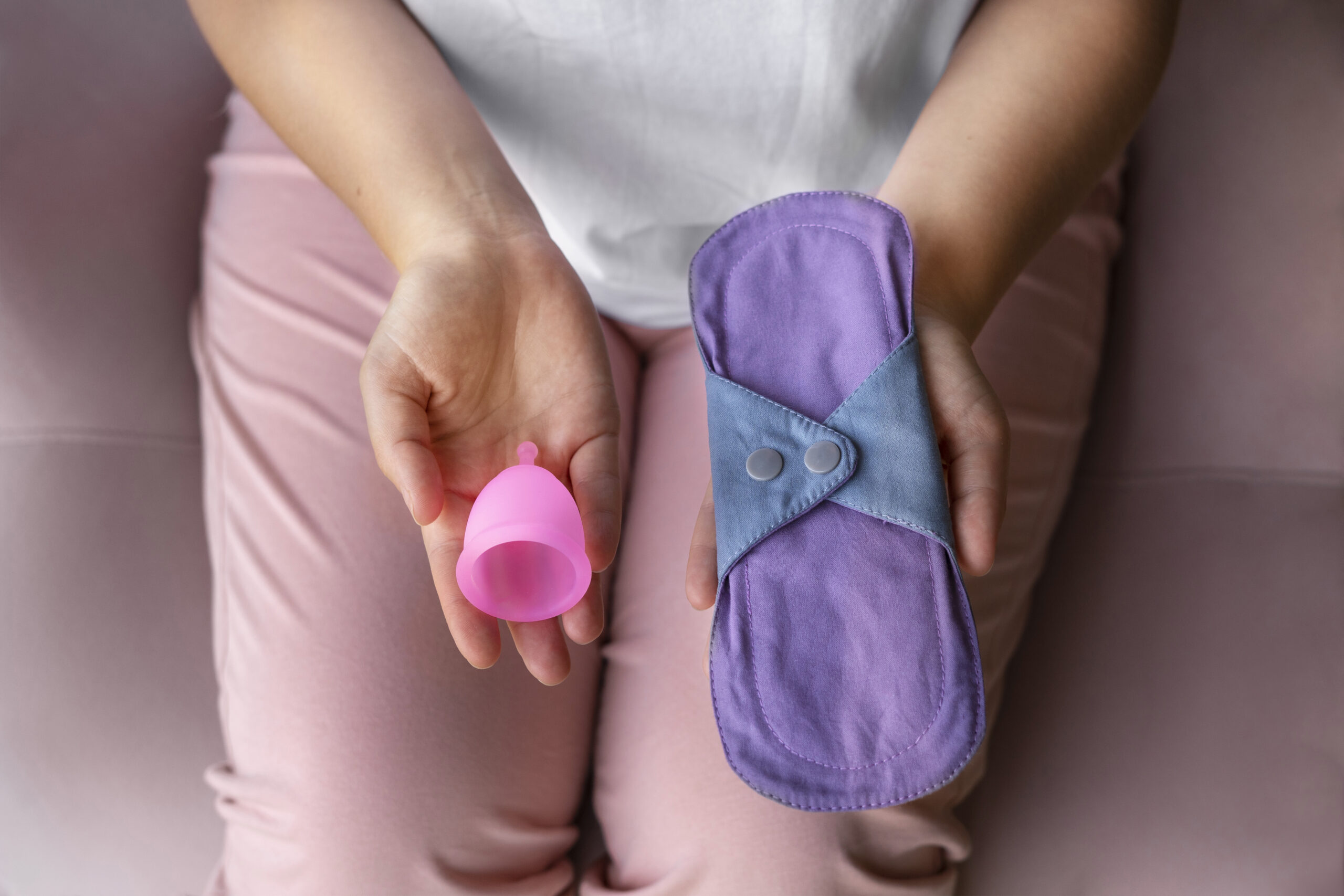Choosing between pads and tampons is a personal decision that depends on comfort, lifestyle, and what feels most manageable during your cycle. For some, one option clearly works better, and for others, it takes trying both to figure it out. Neither product is better or worse. They simply offer different ways to manage menstrual flow.
While some people also address symptoms like bloating or cramps with FLO vitamins, understanding the basics of pads and tampons can help create a more confident and comfortable experience. This article breaks down how each product works, what to expect when using them, and which might be best depending on your daily routine.
How Pads Work and What To Expect
Pads are external period products that stick to the inside of underwear to absorb menstrual flow. They come in various lengths and absorbency levels, from light liners to heavy overnight pads. Some include wings that fold around the sides of underwear to help them stay in place and catch leaks.
Pads are often chosen by those who prefer not to insert anything into the body or want a simple, low-maintenance option. Due to the fact that they’re worn outside the body, they can be easier to monitor for changes in flow. Some people find pads more comfortable during sleep or on lighter days.
Disposable pads are the most widely available, but reusable cloth pads have become more common for those looking to reduce waste. Like any period product, pads should be changed every few hours to maintain hygiene and prevent irritation, especially on warmer days or during physical activity.
How Tampons Work and What To Expect
Tampons are designed to be inserted into the vagina, where they expand to absorb menstrual fluid before it exits the body. They come in different sizes and absorbency levels, usually labeled as light, regular, super, or super plus. Some tampons include an applicator to help with placement, while others are designed to be inserted using just a finger.
Once inserted properly, most users don’t feel the tampon at all. Because tampons are worn internally, they can be more comfortable during activities like swimming, exercise, or wearing tighter clothing. They must be changed every four to eight hours to maintain hygiene and lower the risk of irritation or infection.
Tampons are compact and discreet, making them a convenient option for many people on the go. However, proper use is important, especially when it comes to handwashing and reading usage instructions before use.
Pros and Cons Based on Lifestyle and Comfort
Pads and tampons offer different benefits depending on the situation. Pads tend to be more comfortable for sleep, rest days, or people with sensitivities to internal products. They’re easy to use and don’t require insertion, which can feel more accessible for beginners.
On the other hand, tampons provide more freedom of movement and are preferred by people who swim or exercise regularly. They don’t shift around during the day, and some find them less noticeable once inserted correctly.
Both options offer varying absorbency levels to suit lighter or heavier days, and some people switch between the two depending on their schedule or symptoms. Leak protection is available with either, but comfort and convenience often guide the decision. The best choice is the one that fits your routine, feels right in your body, and allows you to manage your period with confidence.
Safety, Sustainability, and Cost Considerations
Both pads and tampons are safe when used as directed, but they require attention to hygiene and timing. Pads should be changed regularly to prevent moisture buildup that can cause irritation. Tampons must be removed and replaced every four to eight hours to reduce the risk of irritation or, in rare cases, toxic shock syndrome.
In terms of environmental impact, disposable products contribute to waste, but reusable options (like cloth pads or organic cotton tampons) are becoming more widely available. Over time, tampons and disposable pads can add up in cost, especially for those with longer or heavier cycles.
Exploring more sustainable options may be helpful for those looking to cut down on both expenses and waste. Ultimately, safety and comfort should come first, with sustainability and cost playing supporting roles in the decision-making process.
Choose What Works for You
There’s no one-size-fits-all answer when it comes to pads versus tampons. Each option comes with its own advantages, and the right choice depends on individual comfort, daily habits, and what feels easiest to manage. Some people stick with one method, while others mix and match, depending on their schedule or flow.
What matters most is that the product supports your routine without causing discomfort or distraction. Whether you choose pads, tampons, or something else entirely, feeling informed helps make that decision a little easier. Period care is personal, and having options means there’s room to find what works best.




